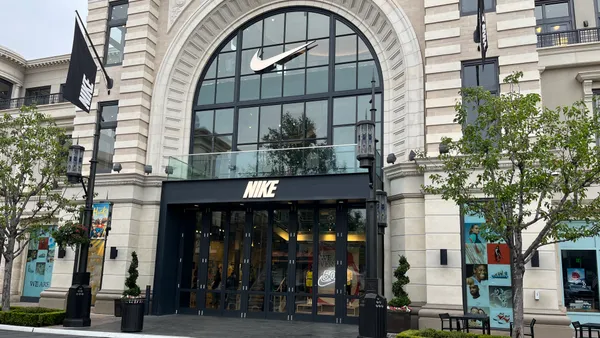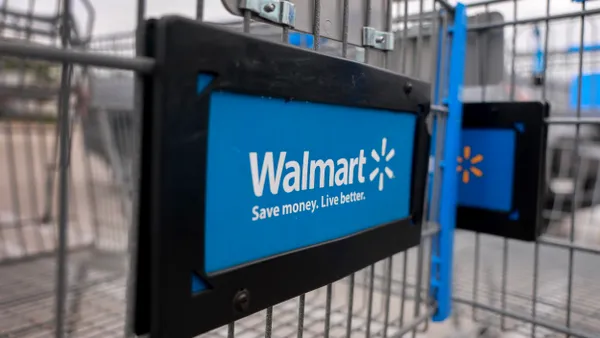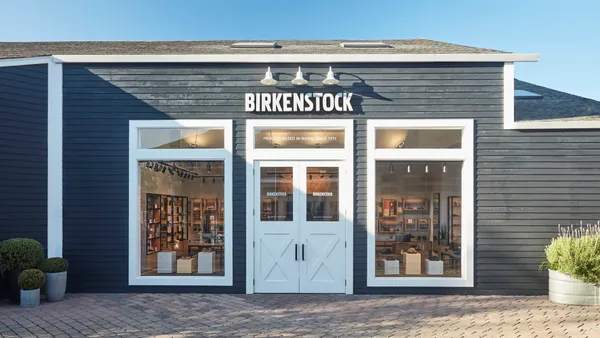Dive Brief:
-
Consumers purchased more online than in stores for the first time this year with 51% of purchases made on the web, compared to 48% in 2015 and 47% in 2014, according to a survey from United Parcel Service and comScore, the Wall Street Journal reports. The survey, in its fifth year, polled 5,000 consumers who make at least two non-grocery online purchases in a three-month period.
-
Just 20% of those surveyed say they shopped in the most traditional way: shopping, browsing, and buying all in stores—down from 22% a year ago. Some 42% browsed and bought exclusively on the web, and the rest said they used a combination of web-based and store-based shopping.
-
Mobile shopping is also up dramatically, with 44% of smartphone users saying they bought using their device this year, up from 41% a year ago.
Dive Insight:
While many retailers in their recent earnings reports blamed warm spring weather for their woes, there may be no better snapshot of their essential problem than this report from UPS. Consumers are simply getting more comfortable shopping online, Steve Osburn, who advises retailers on supply-chain issues for Kurt Salmon, told the Wall Street Journal.
“There’s been a dramatic shift,” he said.
It’s not that the bulk of shopping has exactly moved online. The Wall Street Journal points out that the Commerce Department has measured online spending at just 7.8% of retail purchases in the first quarter. That number that has held steady for a while now, despite efforts by several retailers to compete with Amazon through beefed up e-commerce and omnichannel capabilities.
But more people—some 190 million U.S. consumers or more than half the population, by Forrester’s estimate—are shopping online at least part of the time, either making some of their purchases on the web or conducting some aspect of their shopping there.
And, as always, the “Amazon effect” is palpable. While this once referred to its low prices and the ability for people to search for what they wanted easily on Amazon, its now more about its Prime benefits and delivery services.
For example, those surveyed by UPS and comScore said they now choose two-day shipping 20% of the time, compared with 16% last year and 10% in 2014. For Prime members, that increases to 31% of the time, compared to the survey’s finding of just 8% for non-Prime members.
Indeed, the Wall Street Journal reports, Amazon sales led to 60% of total U.S. online sales growth last year, according to measures by Forrester.
“Amazon’s changing the paradigm,” John Haber, CEO of supply chain consultancy Spend Management Experts, told the Wall Street Journal. “They’re changing customers’ expectations because they’re giving them the low-cost shipping along with the speed. And then you change the mentality of the consumer…Now it’s the expectation.”
















